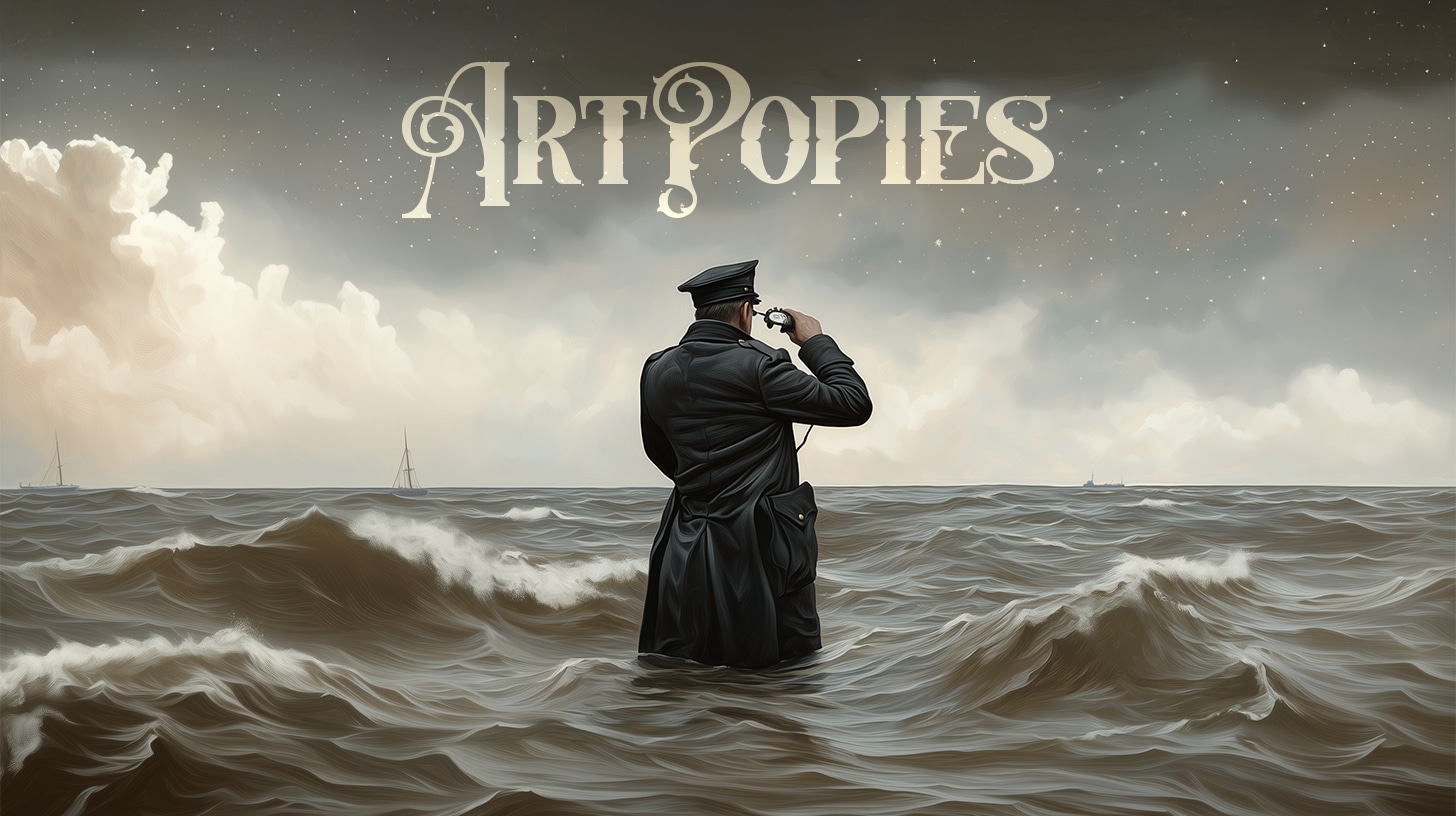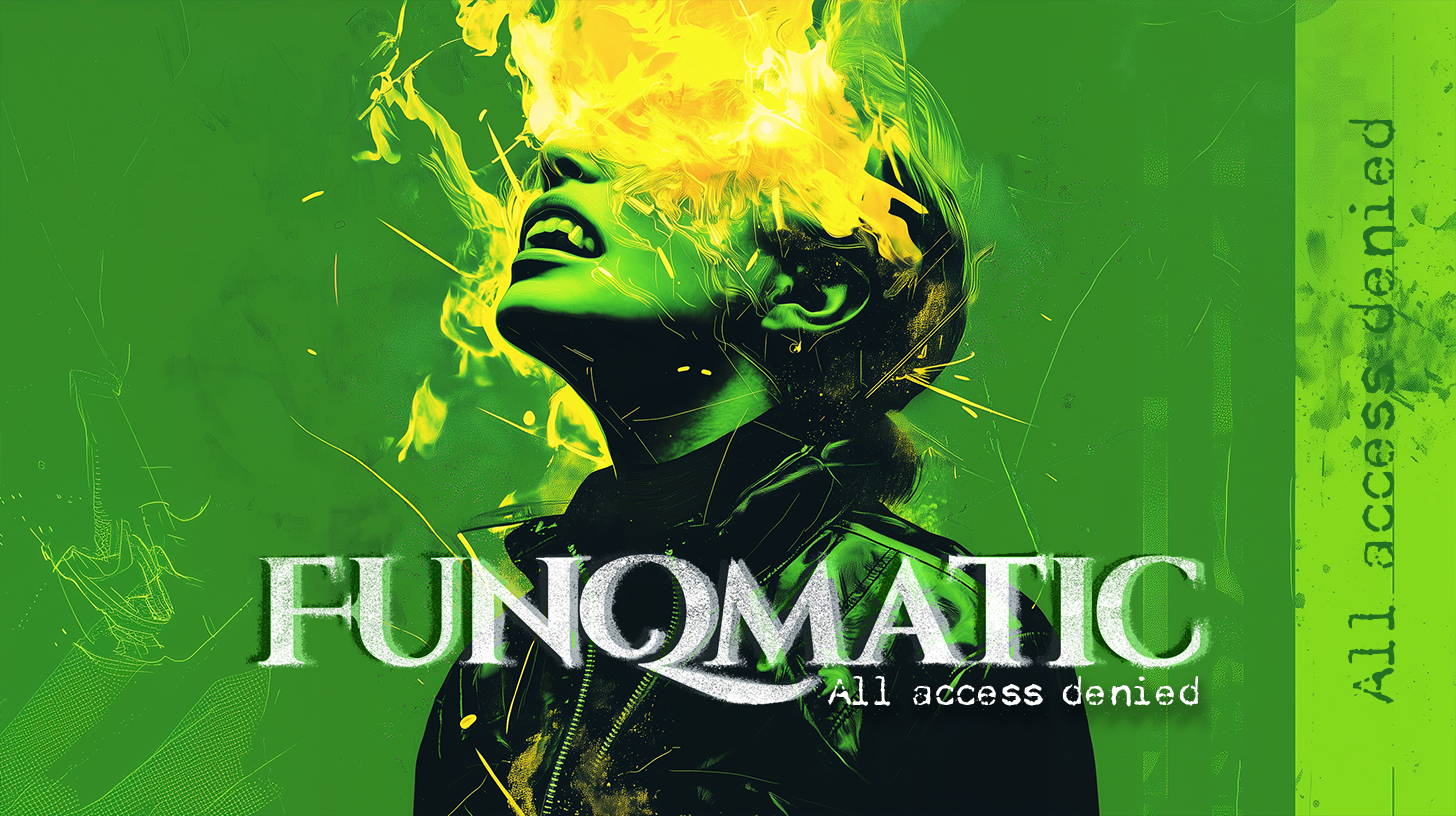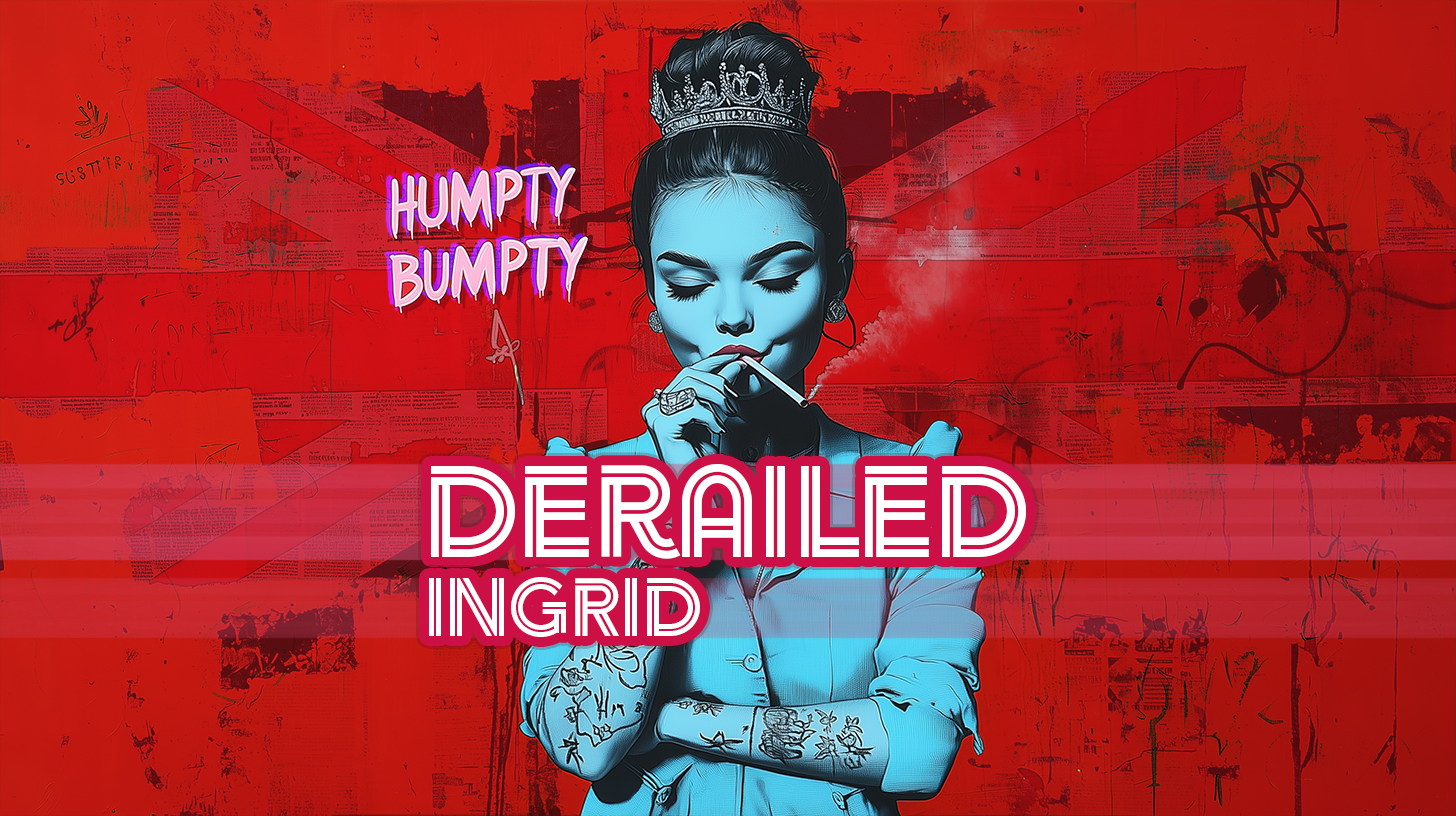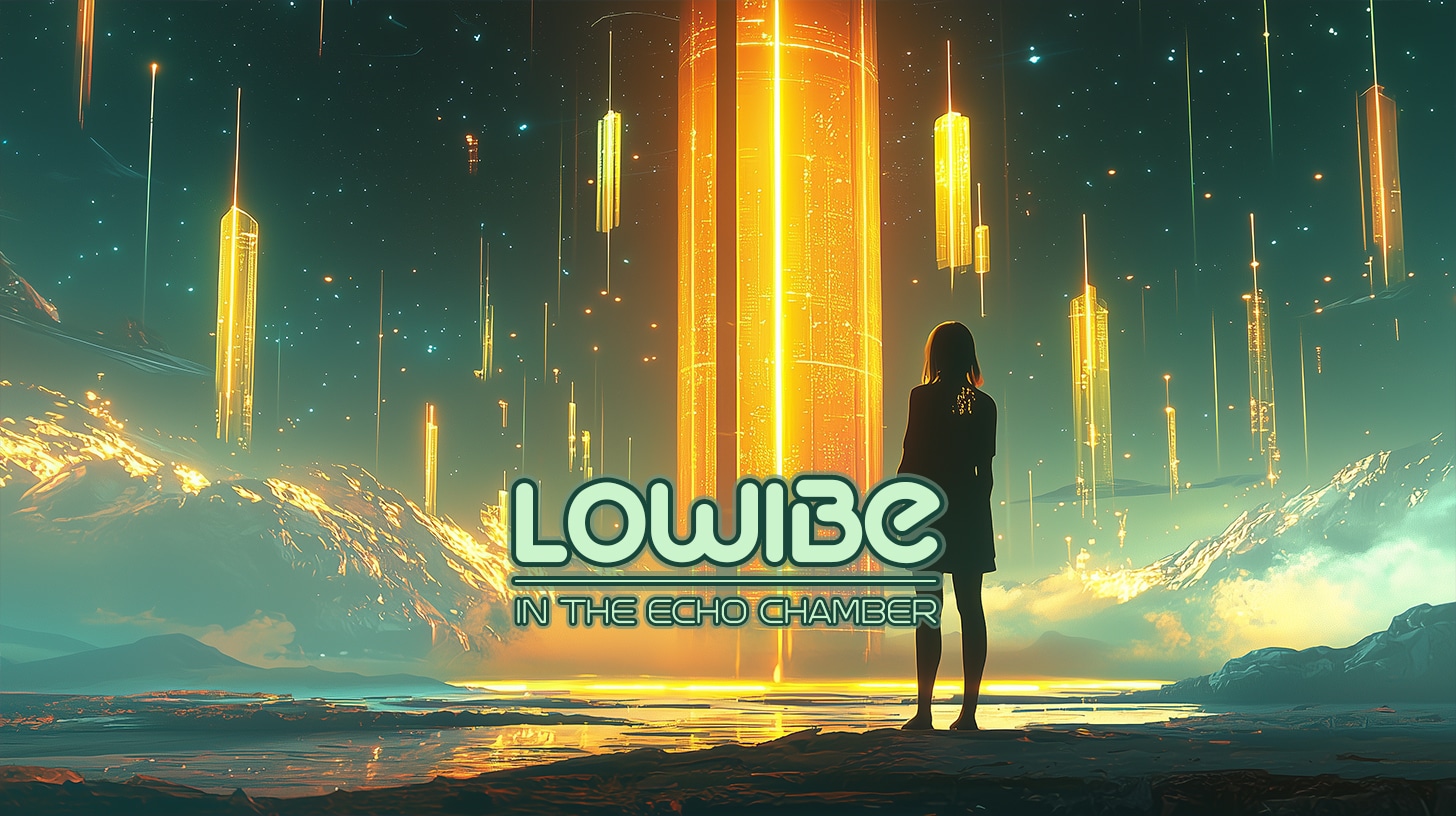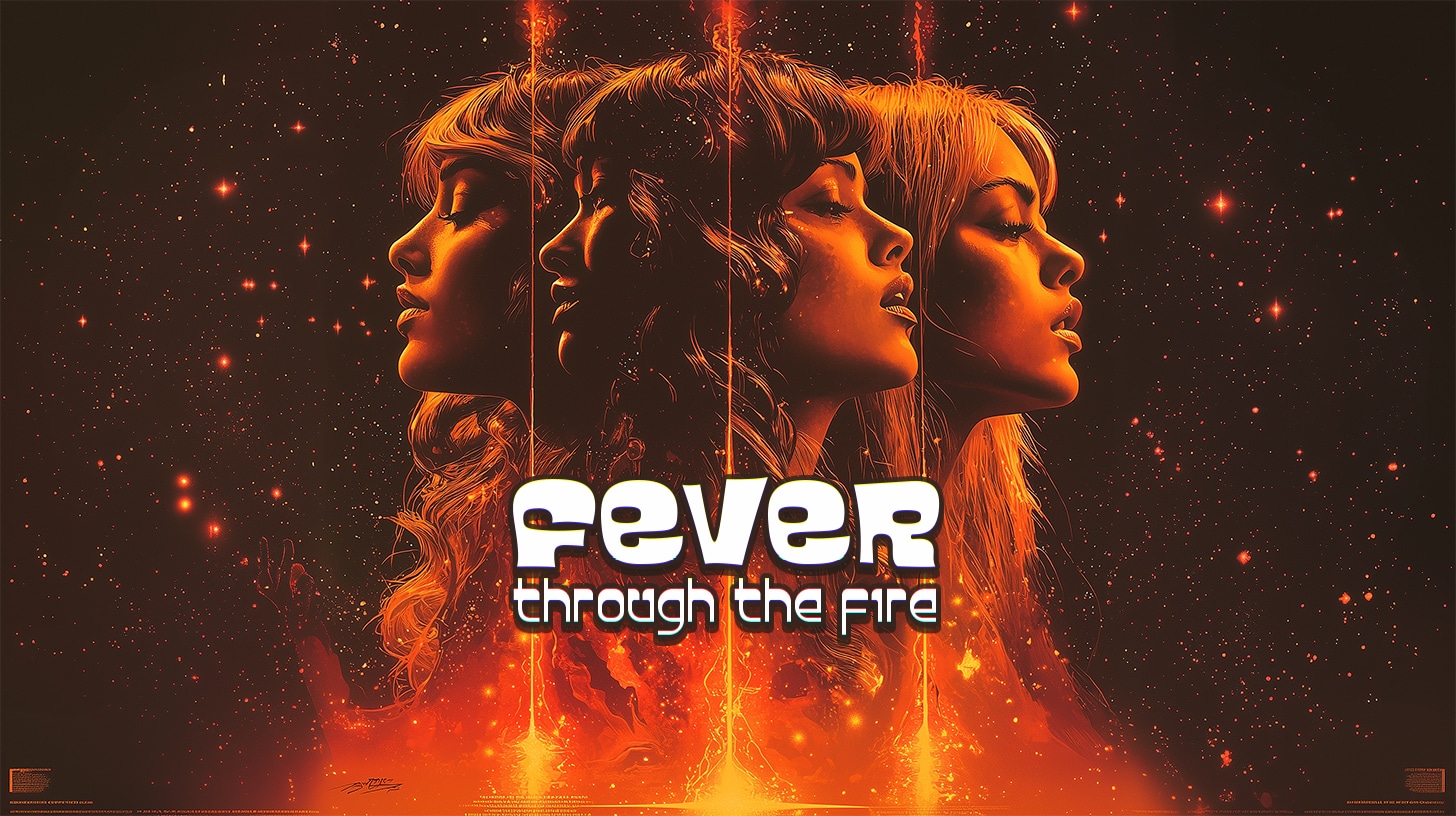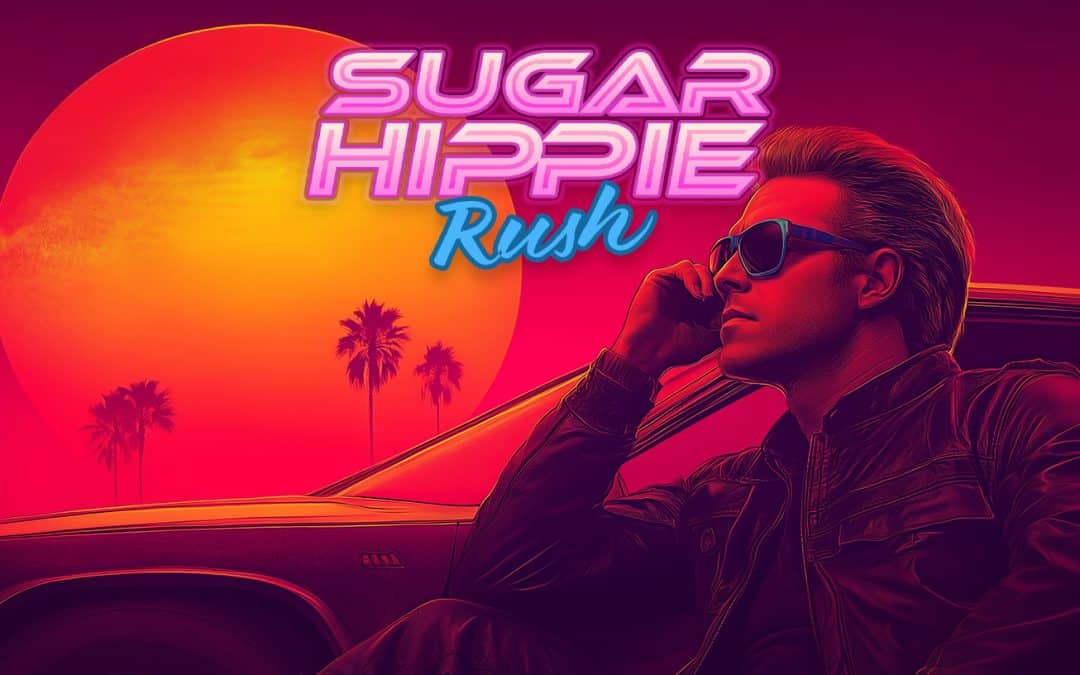
Sugar Hippie Rush
Sugar Hippie Rush

Step into the electrifying world of Sugar Hippie Rush, a group that channels the pioneering spirit of Giovanni Giorgio Moroder, the “Father of Disco.” Known for his groundbreaking use of synthesizers, Moroder shaped genres like Euro disco, synth-pop, and electronic dance music, influencing everything from Italo disco to techno. Inspired by his innovative use of analog synths and early drum machines, Sugar Hippie Rush reimagines the lush, futuristic soundscapes of the 80s with a fresh, modern twist. Their tracks are a pulsating journey through shimmering arpeggios, funk-infused grooves, and neon-lit nostalgia.
Sugar Hippie Rush is a fictional creation, brought to life through a collaboration between myself and the GenAI tool; Udio 130 v.1.50 (on a 48kHz sample rate). This project serves as an exploration of how AI-driven music tools can craft compelling narratives and powerful sonic worlds. I created Sugar Hippie Rush not just for the listening experience but as a means to evaluate the quality and performance of GenAI music tools. I try to apply a light-weighted, generalized variant of the 5-point music analysis method to examining how well the AI captures the distinctive elements that define each genre and style. The evaluation result is addressed for the collection and not for the individual tracks.
Reflections
Sound Design: Sugar Hippie Rush leans heavily into a retro-futuristic sound palette, blending synths that glisten with a kind of lo-fi warmth alongside percussive elements that feel modern but lightly dusted in nostalgia. The kicks are punchy, without overpowering, and the hi-hats have this almost shuffled texture that gives a laid-back groove. The synths often evoke a whimsical, slightly warped cassette quality—as if someone found an old treasure and gave it a new spin for the dancefloor.
From a technical perspective, the synths seem to be crafted using classic analog emulation plugins, perhaps something akin to the Juno-60 or Prophet emulations, giving them that rich, vintage feel. The subtle tape distortion effect used throughout adds to the retro warmth, while sidechain compression on the pads creates a breathing effect that keeps the energy consistent. Overall, the sound design balances playful innovation with a comforting vintage touch, making it feel simultaneously fresh and familiar.
Genre Adherence: Sticking to what feels like a blend of nu-disco and funk-inspired house, Sugar Hippie Rush confidently taps into the characteristics of these genres. The tracks exhibit a steady four-on-the-floor beat typical of disco-house, while their sonic embellishments bring in the quirkiness of nu-disco. There’s a consistent use of filtered breakdowns, a groove-centric bassline, and shimmering synth chords that make it irresistibly danceable.
Technically, the BPM hovers around 120-125, typical for nu-disco, giving it that relaxed but danceable tempo. The use of filtered sweeps and high-pass filters during transitions helps build tension and release, a classic technique in disco-house. This adherence isn’t rigid, though; there are moments when the artist plays with genre conventions—adding slightly detuned leads or unexpected vocal chops—giving the music a playful edge.
Emotional Impact: The music here is made to be enjoyed—pure and simple. It embodies a carefree spirit that evokes the bliss of a sunny day spent with friends, dancing, or simply lounging in a park. There’s an infectious energy that doesn’t take itself too seriously, which makes it feel like a sincere invitation to let loose. Some tracks in the set lean into a more euphoric feeling, almost uplifting you with wide synth pads that swell, while others exude a breezy relaxation—perfect for a lazy afternoon.
The emotional impact is enhanced by the use of dynamics—like the volume swells on synth pads that create a lifting sensation, and the use of reverb to add depth without making the sound too distant. The instrumentation choices, like bright plucked guitar samples or shimmering bell synths, further enhance the carefree, positive atmosphere.
Melodic Variation: In terms of melodic variation, Sugar Hippie Rush keeps it straightforward but effective. Rather than overcomplicating, the artist relies on catchy motifs and playful loops that subtly evolve throughout the tracks. This minimalist approach works in the favor of this genre—giving the bassline room to shine, while synth leads and chord stabs change just enough to keep the ear interested without overwhelming the groove.
Melodically, the tracks often revolve around major keys or pentatonic scales, which lends to the positive, almost childlike charm of the music. The use of modulation, such as shifting up a whole step during a final chorus, adds a sense of climax without needing overly complex changes. The intervals used are typically thirds and fifths, which keeps the harmonies consonant and pleasing to the ear.
Arrangement Complexity: The arrangement across the tracks maintains a strong focus on flow. There’s a thoughtful progression in how layers come in and fade out—building tension before a classic disco-style drop or giving space for breakdowns that let the track breathe. Unlike some of the highly intricate arrangements found in more experimental genres, the complexity here is subtle and functional.
The typical arrangement structure follows the intro-verse-chorus-breakdown-chorus-outro pattern, which is easy for listeners to follow and effective for dance music. Sections usually last around 16 or 32 bars, giving enough time to build a groove before introducing new elements. Automation on effects like filters and reverb helps to keep sections dynamic and engaging without the need for drastic compositional changes.
Expressive Nuance: One of the standout aspects of Sugar Hippie Rush is the way they use expressive nuances. These aren’t about showy vocal performances or flashy solos—instead, it’s the smaller, detailed touches that make the difference. Like the occasional filter sweeps that add a touch of psychedelic flavor, the playful use of stereo panning that gives a ‘movement’ sensation, and even the way reverb tails are used to create a sense of space that isn’t too polished—adding to the warm, inviting feel.
Technically, the use of subtle LFOs (low-frequency oscillators) on parameters like filter cutoff adds a gentle movement to the synth lines, making them feel more alive. The panning automation on certain percussion elements gives the impression of sound moving around the listener, which adds to the sense of immersion. These details bring a subtle but noticeable depth, transforming tracks from simple loops into experiences with texture and character.
Final Thoughts and Highlights
Sugar Hippie Rush is a celebration of groove, nostalgia, and fun—crafted for those moments when you just want to smile, dance, and let the music wash over you. The careful attention to sound design, genre adherence, and emotional texture makes this set both a throwback and a refreshing burst of originality. It’s a perfect listen for anyone seeking an authentic nu-disco experience with enough nuance to keep you discovering new details on each playthrough.
Best Sound Design Moment: The warm, slightly detuned synth pads during the breakdowns that evoke a sense of nostalgia.
Most Uplifting Track Element: The modulation shift during the final chorus, which adds an uplifting sense of climax and joy.
Grooviest Bassline: The funk-inspired bassline in track three that carries the whole rhythm with a smooth, infectious energy.
Sugar Hippie Rush doesn’t try to reinvent the wheel—it just makes sure the wheel is spinning in a way that invites everyone to join in for the ride.
Listen to the tracks & decide for yourself: How close is AI to capturing the essence of sound?
Cover Art work
How this post was made...
This text was created based on a discussion about Sugar Hippie Rush using generative AI tools. The insights shared here were developed collaboratively through a dialogue, incorporating audio examples. The conversation took place between me(Michael Käppi) and with ChatGPT-4o with Canvas, leveraging its canvas feature to analyze and explore these topics interactively, resulting in this post.





































